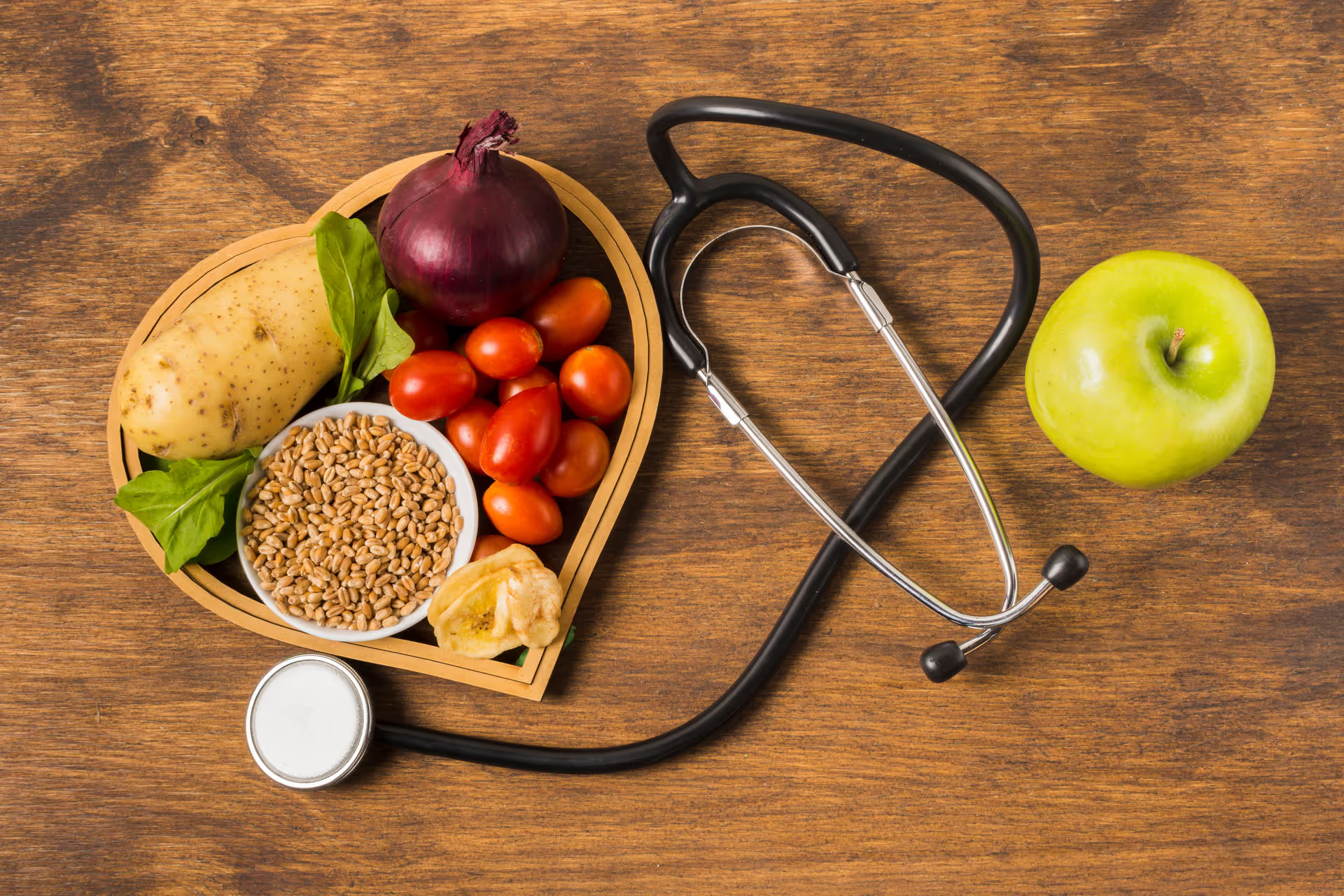Recent Articles
Healthy Weight Clinic Newsletter - The Sugar Story

Back in the prehistoric days, the theory is we lived on grass, raw roots and the occasional mammoth with frequent prolonged periods of fasting- so mainly meat and greens. Then when fruit appeared, this was the only sugar available. We adapted to store the sugar as fat, as survival for the next famine or fast. This is the basis of the 5 + 2 diet which involves intermittent fasting and has been very successful and popular. When sugar first came on the scene, (historians say that it was at least 10,000BC) it was revered as a cure for all and became the cause of wars so precious and rare was it. When it became refined, (a dangerous procedure using slaves, taking lives, and destroying eco systems) it was so expensive, it was really a privilege only of the rich.
Queen Elizabeth I had so much her blackened teeth became a fashion statement in court, and others blackened their teeth to look like her (dentists have never been particularly fond of sugar). With the industrial revolution, sugar became readily available and a staple in diets.
Health suffered, obesity rose, as did its complications of diabetes, high blood pressure and heart attacks. This is highlighted with the improvement in health with rationing of sugar in the war periods. Now sugar is everywhere and our bodies haven't adapted to cope, so fat storing is promoted and the obesogenic environment is born. When in the eighties, we thought fat was a big baddy, low fat diets and carbs were promoted. Whoops! Maybe that was not such a great idea.
Manufacturers stripped fat out of food, but to keep the flavour, sugar was added (corn syrup, fructose, glucose are some of the names used to disguise added sugar). So we all thought we were being healthy. Low-fat soups, muesli bars, sauces, yoghurt, biscuits, breakfast cereals with extra sugar led to more fat storing, so no surprise we all got bigger and bigger, slowly over time. So what to do?
One of the things to focus on is cutting back on sugar. Check out the labels. Look for the carbohydrate content - especially sugar (7gms = approx 1tspn) e.g. most tins of baked beans have about 7 tspns of sugar per can. New labelling is on the way to make it easier to find out what is actually in the food. At the moment, the labels can be miniscule at best. So, ideally, we need to make our own sauces and soups so that we can ensure they are sugar-free or as low in sugar as possible. Freeze portion sizes, to de-frost later.
Here are a couple of recipes which are low in sugar to try:
Poi lentils broth with smoked fish and broad beans
1 diced onion
4 cloves garlic
2 tablespoons olive oil
300 gms poi lentils (other lentils can be used by may be likely to fall apart a bit more)
1 large diced carrot
2 sliced courgettes
750mls fish stock
250gms smoked fish
1 teaspoon smoked paprika
Thyme
juice of 1 lemon
2 teaspoons chopped fresh lime
1 cup of cooked and shelled broad beans
Saute the onions and garlic in olive oil, then add lentils, saute until well coated, add carrots, courgettes and stock, bring to a simmer, add diced fish, paprika, lemon juice and thyme. Cook until the lentils are tender which takes about 25 minutes. Add the cooked broad beans at the end and fold through. This is a meal in itself, although if you were serving it with bread, make sure it is high fibre. Look out for Freya's low carb bread but it is actually a meal all on its own with lots of vegetables and protein.
Pasta Sauce
This goes very well with pasta but also goes well with making your own home-made baked beans or may go over your favourite meat dishes.
Basic tomato sauce:
4 cloves of garlic
4 tablespoons olive oil
4 anchovy fillets
2 400gm tins of whole peeled tomatoes
half a teaspoon of dried oregano
half a cup of dry white wine
salt and pepper
Saute the garlic and oil, add anchovies, saute and break up into paste, add tomatoes, crush them by hand to give the desired texture, dried oregano and wine. Simmer uncovered for approximately 20-30 minutes, to reduce this to a thick paste. Add salt and pepper to taste.
